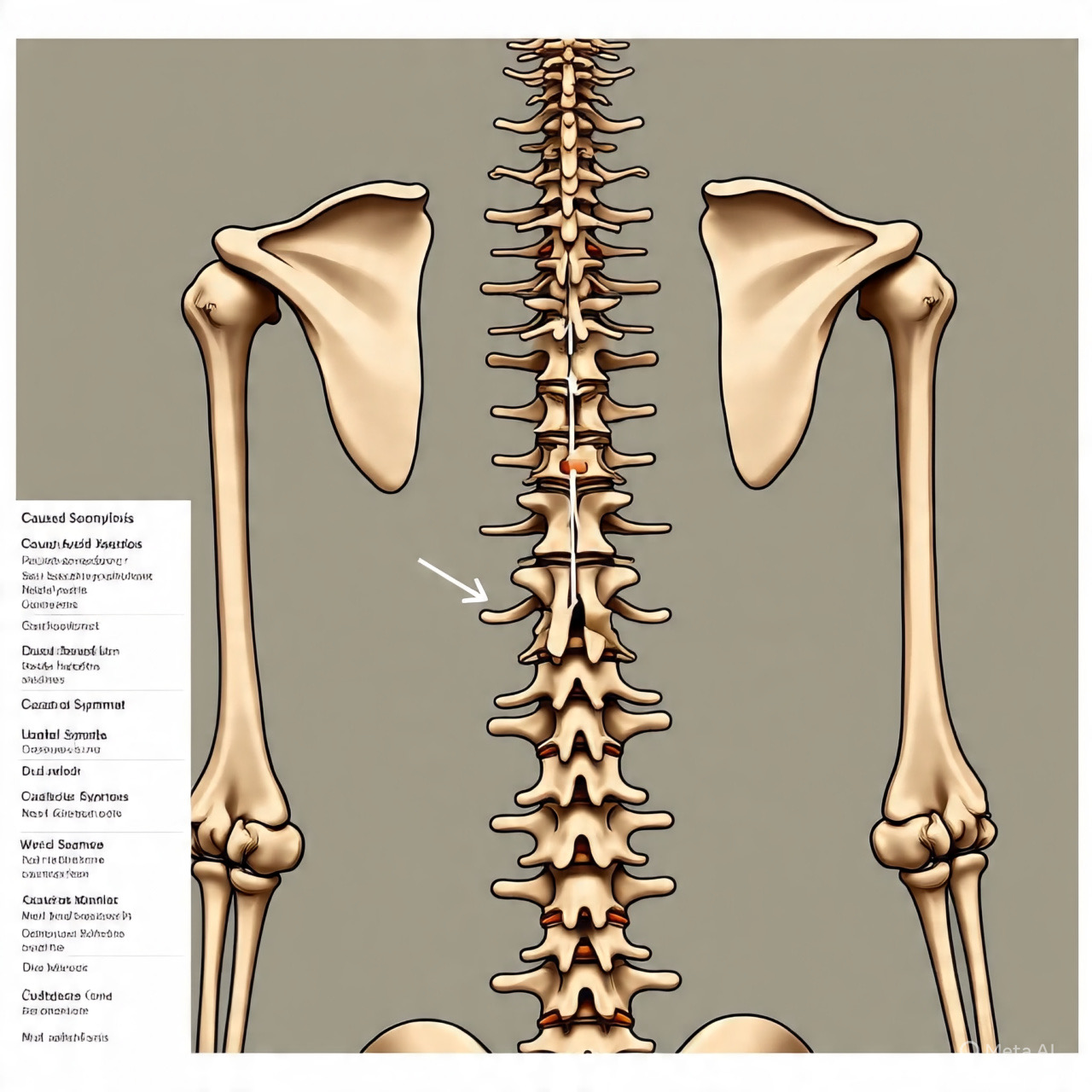Understanding the Complexity of Multilevel Spondylosis
Back and neck pain are common complaints that affect millions of people around the world. While some discomfort may come from poor posture or temporary strain, persistent or recurring pain can be a sign of a deeper issue, such as multilevel spondylosis.
This condition involves degenerative changes that occur in more than one level of the spine. It’s a progressive disorder that can limit mobility, cause nerve compression, and greatly affect your quality of life. Understanding what it is, how it develops, and what treatment options exist can help patients take control of their spine health and live more comfortably.
What Is Multilevel Spondylosis? A Closer Look at Spinal Degeneration
The spine is made up of vertebrae cushioned by discs that act as shock absorbers. Over time, these discs can lose water content, flexibility, and height, leading to spinal degeneration. When this happens across several vertebral levels, the condition is known as multilevel spondylosis.
Unlike single-level degeneration, multilevel spondylosis can affect both the cervical (neck) and lumbar (lower back) regions simultaneously. It often develops as a natural part of aging but may also be accelerated by lifestyle habits, repetitive motion, or previous spinal injuries.
This condition can cause stiffness, chronic pain, and in some cases, nerve compression that affects movement and coordination. For individuals experiencing these symptoms, professional evaluation is essential. Learn more about multilevel spondylosis and how it affects you at NJ Spine Institute to understand the extent of spinal changes and the most effective treatment options available.
Causes and Risk Factors of Multilevel Spondylosis
The most common cause of multilevel spondylosis is the natural aging process. As we grow older, the intervertebral discs begin to deteriorate, reducing their ability to cushion the vertebrae. This degeneration leads to bone spurs, disc thinning, and joint stiffness.
Other contributing factors include:
- Poor posture and sedentary lifestyle: Sitting for long periods can strain the spine and accelerate wear and tear.
- Repetitive movements or heavy lifting: Common in jobs requiring physical labor or constant neck and back motion.
- Obesity: Excess weight adds stress to the spinal joints.
- Genetics: A family history of degenerative spine diseases increases the risk.
- Smoking: Reduces blood flow to spinal tissues, slowing healing and increasing degeneration.
Understanding these risk factors allows individuals to make proactive lifestyle changes that protect spinal health over time.
Recognizing the Symptoms: When to See a Doctor
Early signs of multilevel spondylosis are often subtle. You may notice occasional stiffness or mild discomfort after long hours of sitting or working. As the condition progresses, symptoms can worsen and include:
- Chronic neck or lower back pain
- Numbness or tingling in the arms, hands, legs, or feet
- Muscle weakness
- Limited flexibility and difficulty turning or bending
- Pain radiating down the limbs
In severe cases, nerve compression can lead to loss of coordination, balance issues, or even problems controlling bladder and bowel functions. If you experience these symptoms, it’s crucial to seek medical attention promptly. Early diagnosis can prevent long-term complications and improve treatment outcomes.
Diagnostic Methods: How Multilevel Spondylosis Is Identified
Accurate diagnosis begins with a comprehensive medical evaluation. Your doctor will review your medical history, discuss symptoms, and perform a physical exam to test reflexes, muscle strength, and range of motion.
Imaging tests such as X-rays, MRIs, or CT scans play a vital role in identifying the specific areas of degeneration. These tests can reveal bone spurs, disc space narrowing, and any nerve compression occurring at multiple spinal levels. In some cases, neurological assessments are performed to evaluate how the condition affects nerve function.
Treatment Options: Finding Relief and Restoring Mobility
Treatment for multilevel spondylosis varies based on the severity of the condition and the symptoms experienced. Fortunately, many cases can be managed with non-surgical approaches, especially when diagnosed early.
Conservative treatments include:
- Physical therapy: Strengthens supporting muscles and improves flexibility.
- Pain management: Nonsteroidal anti-inflammatory drugs (NSAIDs) and muscle relaxants help reduce discomfort.
- Lifestyle modifications: Ergonomic adjustments, posture correction, and weight management.
- Heat and cold therapy: Reduces inflammation and relieves tension.
If pain persists despite conservative care, doctors may recommend interventional procedures, such as epidural steroid injections or nerve blocks, to minimize inflammation and control severe pain.
In advanced cases, surgical options like spinal fusion, laminectomy, or disc replacement may be considered to relieve pressure on nerves and stabilize the spine.
Complementary approaches such as chiropractic care, yoga, or acupuncture can also support pain relief and improve mobility when used under professional guidance.
Living with Multilevel Spondylosis: Long-Term Care and Prevention
While spondylosis cannot always be reversed, proper management can significantly slow its progression and improve quality of life.
Here’s how to support long-term spine health:
- Stay active: Engage in low-impact exercises like swimming, walking, or stretching.
- Practice good posture: Keep your spine aligned, especially during work or screen time.
- Eat a nutrient-rich diet: Include foods with calcium, vitamin D, and omega-3 fatty acids.
- Avoid smoking: It hampers blood circulation and weakens spinal tissues.
- Regular check-ups: Routine spinal evaluations can help track changes and catch complications early.
Taking these steps can help preserve flexibility, reduce pain, and maintain independence for years to come.
Conclusion – Taking Control of Your Spine Health
Multilevel spondylosis is a progressive condition that can affect mobility and comfort, but with timely care and the right treatment plan, most people can lead active, fulfilling lives. Recognizing the symptoms early and seeking professional help are key to preventing serious complications.
By focusing on spine-friendly habits, staying active, and consulting a trusted spine specialist, you can take control of your spinal health and move with confidence at every stage of life.
